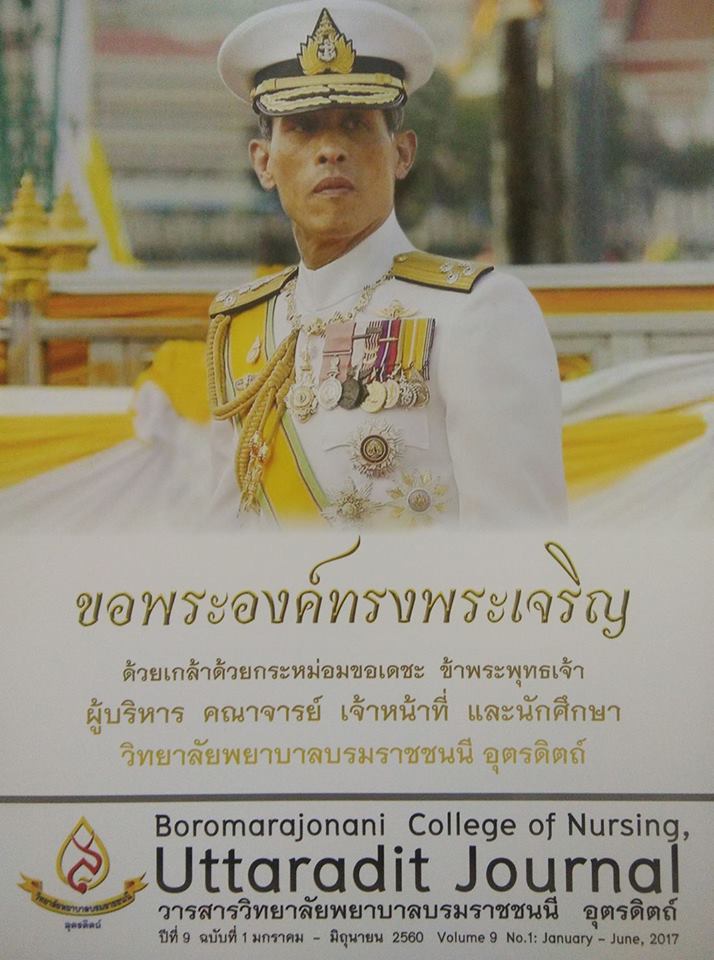ความหลากหลายและการใช้ประโยชน์จากพืชสมุนไพรพื้นบ้านในพื้นที่ลุ่มน้ำลี้ จังหวัดลำพูน
Main Article Content
บทคัดย่อ
การศึกษานี้มีวัตถุประสงค์เพื่อศึกษาความหลากหลายพืชสมุนไพรพื้นบ้านและการใช้ประโยชน์จากพืชสมุนไพรพื้นบ้านในพื้นที่ลุ่มน้ำลี้ จังหวัดลำพูน การสำรวจและเก็บรวบรวมข้อมูลตัวอย่างพันธุ์พืชสมุนไพรโดยการวางแปลงชั่วคราวเพื่อศึกษาสังคมพืช นอกจากนี้ยังใช้แบบสอบถาม การสัมภาษณ์แบบไม่มีโครงสร้างและการสนทนากลุ่ม จากครัวเรือน 321 ครัวเรือน วิเคราะห์ข้อมูลพันธุ์พืชสมุนไพรโดยการนำมาคำนวณหาค่าความหลากหลาย ความเด่นสัมพัทธ์ ความหนาแน่นสัมพัทธ์ ความถี่สัมพัทธ์ดัชนีความสำคัญ รวมถึงสถิติเชิงพรรณนาและการวิเคราะห์เชิงเนื้อหาผลการศึกษา พบว่าในป่าสมุนไพรมีพืชสมุนไพรไม้ใหญ่ จำนวน 9 ชนิด พืชสมุนไพรที่มีค่าดัชนีสำคัญมากที่สุด คือ มะเกลือ (ร้อยละ 1.04) พืชสมุนไพรไม้หนุ่มจำนวน 12 ชนิด พืชสมุนไพรที่มีค่าดัชนีสำคัญมากที่สุด คือ ชะเอมป่า (ร้อยละ 3.85) และสมุนไพรพื้นล่างจำนวน 9 ชนิด พืชสมุนไพรที่มีความหนาแน่นมากที่สุด คือ หนอนตายยาก (406 ต้นต่อไร่) ในพื้นที่ลุ่มน้ำลี้มีภูมิปัญญาการใช้ประโยชน์สมุนไพรพื้นบ้านทั้งชื่อท้องถิ่น ส่วนที่ใช้ทำยา สรรพคุณ และวิธีการใช้โดยมีหมอพื้นบ้านเป็นผู้ที่มีบทบาทสำคัญ การบูรณาการแนวคิดการบวชป่านำไปสู่กลยุทธ์การใช้ประโยชน์พื้นที่ป่าของประชาชนและก่อเกิดกระบวนการมีส่วนร่วม การสร้างเสริมกิจกรรมและสร้างแหล่งเรียนรู้ และการสร้างกติกาชุมชนในการอนุรักษ์พื้นที่ป่าสมุนไพร ภายใต้การเปลี่ยนแปลงของสภาพเศรษฐกิจ สังคม และลักษณะทากายภาพของทรัพยากรในพื้นที่ลุ่มน้ำลี
Article Details
บทความหรือข้อคิดเห็นใดใดที่ปรากฏในวารสารวิจัยการพยาบาลและวิทยาศาสตร์สุขภาพ เป็นวรรณกรรมของผู้เขียน ซึ่งบรรณาธิการหรือสมาคมศิษย์เก่า ไม่จำเป็นต้องเห็นด้วย และบทความที่ได้รับการตีพิมพ์เผยแพร่ถือเป็นลิขสิทธิ์ของวารสารวิจัยการพยาบาลและวิทยาศาสตร์สุขภาพ
เอกสารอ้างอิง
2. Jaitae, S., Rattanapunya, S., Tamjun, R., Sangwong,S., and Ausaja, P.. (2015). The Development Community Learning Process for Cultural Health Promotion: A Case Study LI watersheds, Lumphun Province. (Research report). Bangkok : Ministry of culture. (in Thai).
3. Keeratiprayoor, S. (2013). Practice of Carbon storage in woody plants biomass and Community Biodiversity .Retrieved from www.forest.go.th/community_development/index.php?option=com...(in Thai).
4. Kijmee, V. (2008). Learning process and potential ofcommunity in Li Watershed co-management, Changwat Lamphun (Master’s thesis), Chiang Mai: Chiang Mai University. (in Thai).
5. Ping Watershed Committee. (2011). Planning of water resource management in Ping Watershed. [Mimeograph] (in Thai).
6. Srirat, S. (2010). Indigenous medicine among Hmong tribe : a case study of the Nong Hoi Royal Project Development Centre, Mae Raem sub-district, Mae Rim district, Chiang Mai province (Research report). : Chiang Mai : Chiang Mai Rajabhat University. (in Thai).


